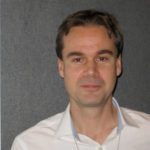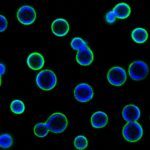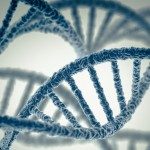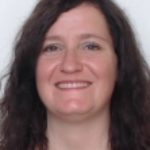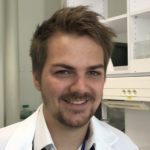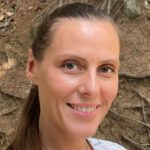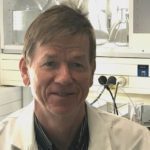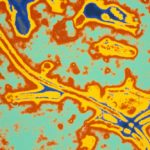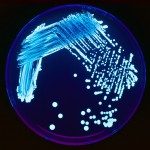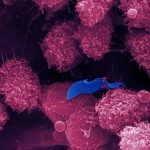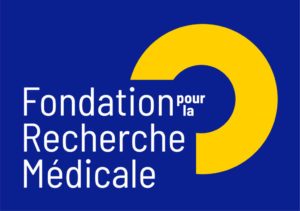We are interested in discovering and characterizing new mechanisms that organize DNA in the nucleus. We are especially interested in understanding cytogenetic phenomena that apparently involve sequence-specific interactions between intact segments of chromosomal DNA. Such processes are remarkably ubiquitous, yet their molecular nature remains one of the most enigmatic unanswered questions in biology.
Using a genetic process “Repeat Induced Point mutation” (RIP) in Neurospora crassa as a model system, we have discovered that DNA homology can be recognized by a cardinally new mechanism, in which long segments of double-stranded DNA are compared to one another as arrays of short interspersed sequence units. This process does not require RecA proteins that mediate DNA homology recognition during recombination. The ability of RIP to detect any two identical DNA segments placed at arbitrary genomic positions suggests that RIP involves an exhaustive, “genome-by-genome” homology search. Therefore, this search process must be very efficient. Intriguingly, we have found that RIP can be mediated by an epigenetic pathway that includes the SUV39 methyltransferase DIM-5, which catalyzes trimethylation of histone H3 lysine-9 residues. Thus, we have proposed that SUV39 methyltransferases can be recruited to repetitive DNA in response to homologous dsDNA-dsDNA interactions. In our ongoing work, in collaboration with the laboratory of Tom Hammond, we have found that the same homology-recognition principles that direct RIP mutation are also applicable to Meiotic Silencing by Unpaired DNA (MSUD). These new results (i) reveal the role of a recombination-independent homology-directed process in guiding the expression of small interfering RNAs, (ii) suggest that homologous chromosomes can be matched during meiosis by a mechanism that operates on intact DNA double helices, and (iii) raise an intriguing possibility that the revealed recombination-independent mechanism may represent a general, perhaps even fundamental, mode of DNA homology search and recognition.
Current & prospective projects in the lab include (i) discovering molecular factors that recognize repetitive DNA in N. crassa, (ii) elucidating the mechanism of recruitment of DIM-5 to repetitive DNA in N. crassa, (iii) further understanding the DNA homology requirements for RIP and MSUD in N. crassa, (iv) using a range of imaging techniques to characterize the state of chromatin in the premeiotic nuclei of N. crassa, and (v) dissecting the role of heterochromatin during the invasive growth of the human pathogen Aspergillus fumigatus.
